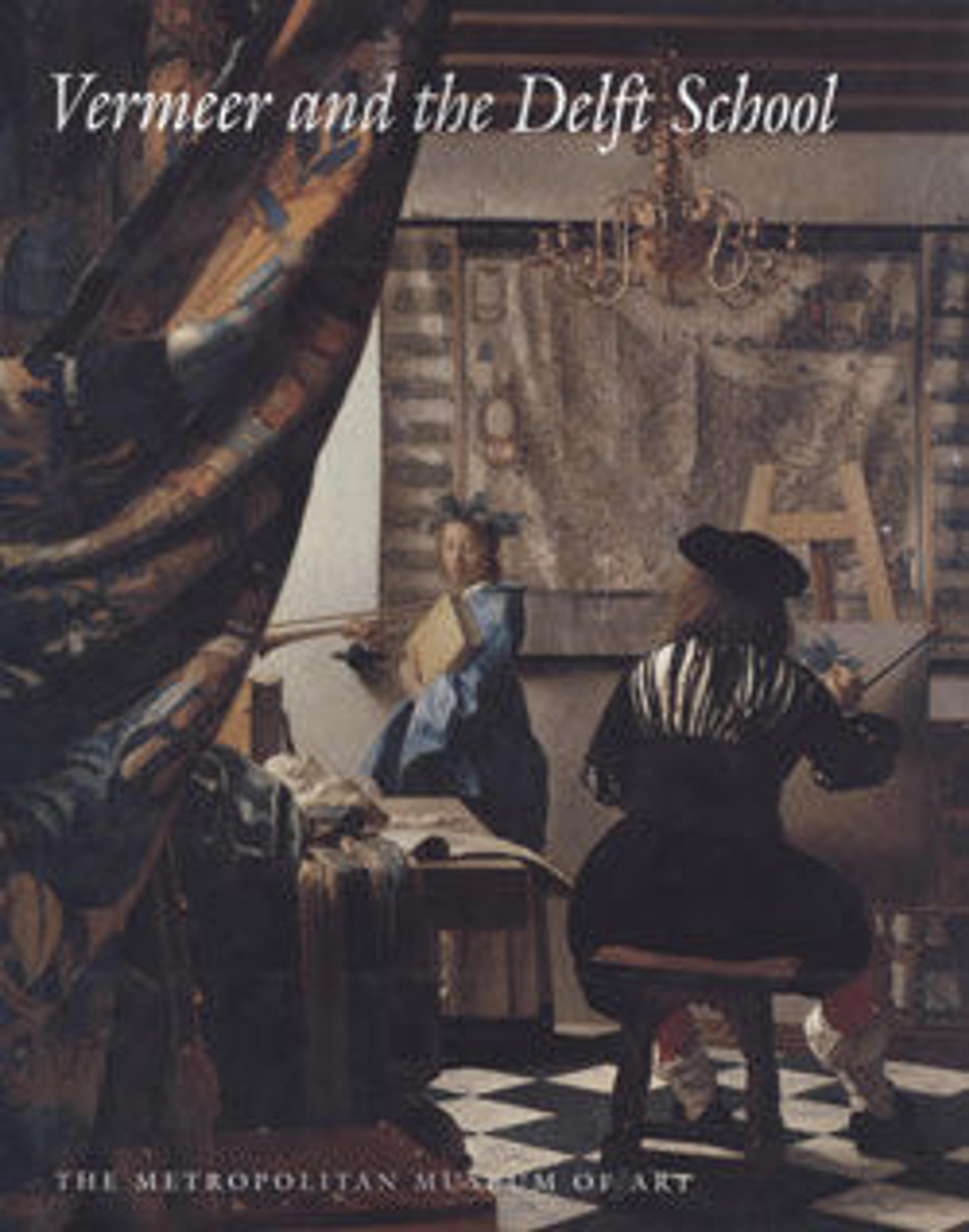Virgin and Child with Saint Catherine of Alexandria
The infant Jesus responds with playful enthusiasm to an adoring Saint Catherine, a princess identified by pearls and a martyr’s palm. She was esteemed as an intercessor for young women because of the "mystical marriage" that bound her to Christ. The picture’s warm humanity and elegantly rhythmic composition reflect Van Dyck’s great admiration for Titian, Veronese, and other artists during his years in Italy (1621–27).
Artwork Details
- Title: Virgin and Child with Saint Catherine of Alexandria
- Artist: Anthony van Dyck (Flemish, Antwerp 1599–1641 London)
- Date: ca. 1630
- Medium: Oil on canvas
- Dimensions: 43 x 35 3/4 in. (109.2 x 90.8 cm); with added strips 44 1/8 x 37 in. (112.1 x 94 cm)
- Classification: Paintings
- Credit Line: Bequest of Lillian S. Timken, 1959
- Object Number: 60.71.5
- Curatorial Department: European Paintings
More Artwork
Research Resources
The Met provides unparalleled resources for research and welcomes an international community of students and scholars. The Met's Open Access API is where creators and researchers can connect to the The Met collection. Open Access data and public domain images are available for unrestricted commercial and noncommercial use without permission or fee.
To request images under copyright and other restrictions, please use this Image Request form.
Feedback
We continue to research and examine historical and cultural context for objects in The Met collection. If you have comments or questions about this object record, please contact us using the form below. The Museum looks forward to receiving your comments.
